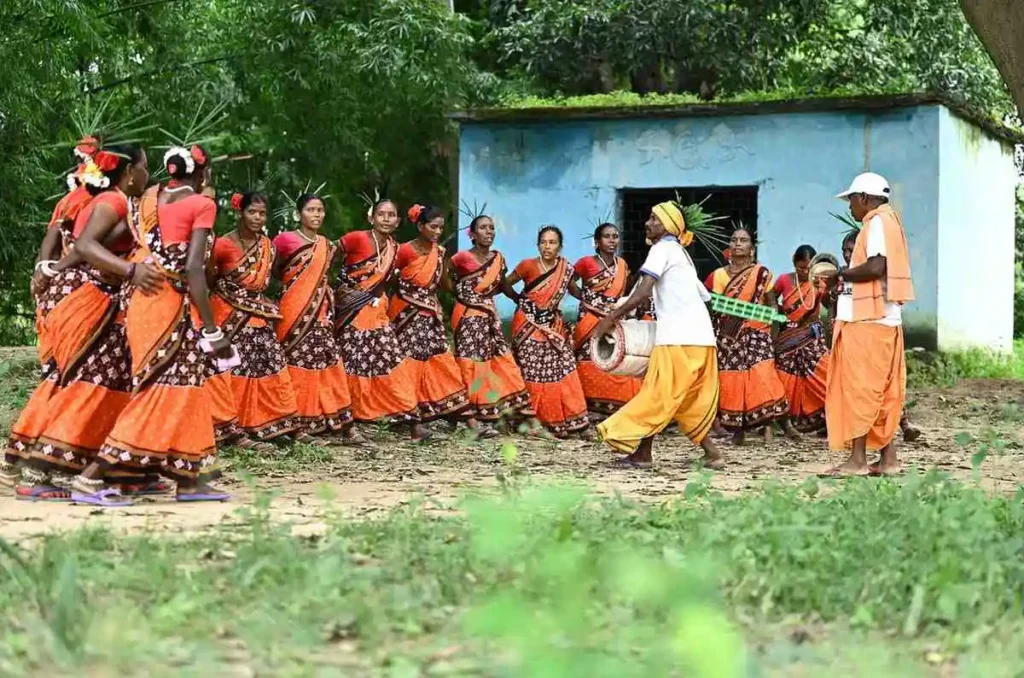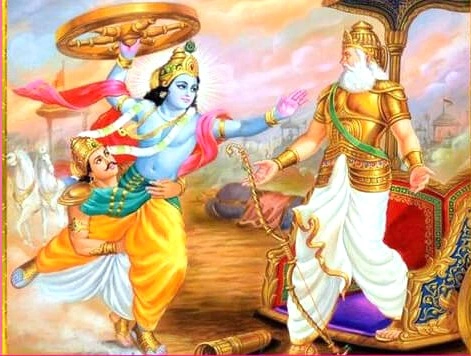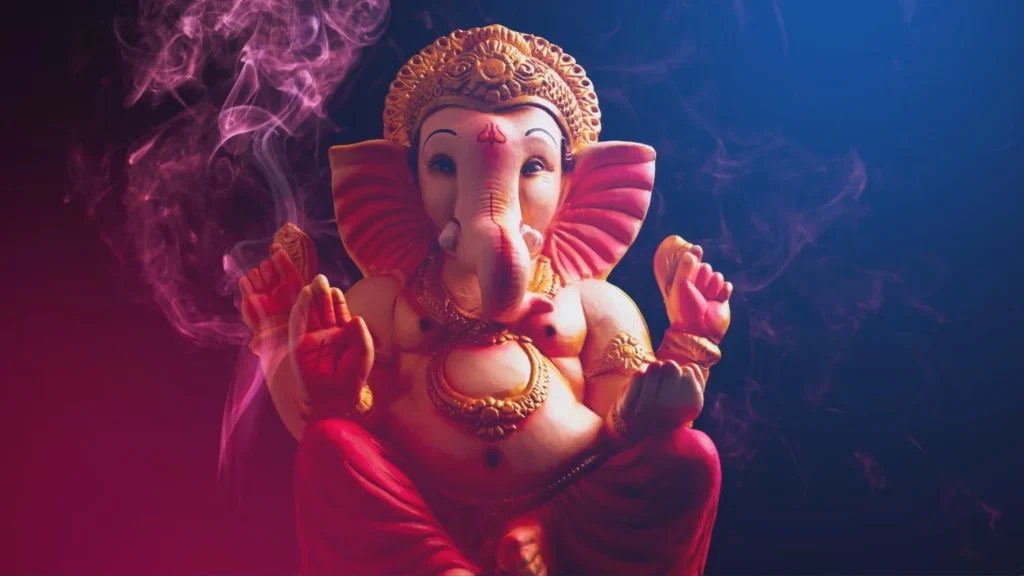
Table of Contents
If you’ve ever felt mesmerized by the swirling movements of dancers in bright, handwoven attire and thunderous drumbeats, then you’ve likely experienced the magic of Sambalpuri folk dance. As it stands, this vibrant art form originates from the culturally rich region of Sambalpur in western Odisha. Indeed, it actively expresses identity, spirituality, and community—making it far more than just entertainment.
In this blog, we’ll dive into the cultural roots, costumes, rhythms, and social context of Sambalpuri folk dance. We’ll also answer common questions Indian readers often ask about this iconic art form. So whether you’re a dance enthusiast, researcher, or simply curious—stick around to uncover the essence of Sambalpur’s folk legacy.What is Sambalpuri Folk Dance?
Sambalpuri folk dance refers to a range of dance traditions practiced across the Sambalpur district and neighboring western Odisha regions. At its core, it’s a community-based folk art passed down through generations and often performed during festivals, harvests, and village ceremonies.
Moreover, these dances reflect everyday rural life—be it sowing seeds, celebrating a good harvest, or invoking divine blessings. Notably, most dances are performed in groups and rely heavily on local instruments like the dhol, nissan, tasha, and jhanj.
Significantly, according to Dr. M.P. Misra’s seminal 1982 work, Sambalpuri Palli Nrutya, these dances were once spontaneous expressions of collective joy, love, and devotion in rural society.Sambalpuri Dance Costume: A Visual Delight
To begin with, one cannot discuss Sambalpuri dance without appreciating its distinctive costumes. Specifically, the Sambalpuri saree, known for its tie-and-dye bandha work, forms the heart of female attire. At the same time, male dancers typically wear dhotis and gamuchhas, also dyed in Sambalpuri patterns.
Key elements include:
- Bright colors (red, yellow, green)
- Intricate ikat patterns
- Traditional jewelry like necklaces, bangles, and earrings
- Ghungroos (ankle bells) to accentuate rhythmic footwork
Types of Sambalpuri Folk Dances
1. Dalkhai Dance
2. Karma Dance
3. Rasarkeli and Jaiphula
4. Humo and Maila Jada
Deep Roots in Village Life
Undoubtedly, Sambalpuri folk dances deeply shape the daily life and belief systems of rural communities. Furthermore, D. Naik’s Sambalpuri Lokagitare Samaja Jibanara Swarupa highlights how these dances actively express community values. They serve as:
- Reflections of gender dynamics, where men and women take on distinct yet complementary roles
- Celebrations of agricultural rhythms, closely tied to sowing, harvesting, and seasonal festivals
- Tools for oral storytelling and social bonding, where communities pass down myths, history, and moral lessons
Interestingly, everyday villagers—farmers, weavers, and youth—perform these dances. They come together voluntarily and celebrate life, nature, and heritage. Consequently, these gatherings strengthen communal ties and foster pride and identity.
Moreover, the participatory nature of these dances keeps traditions dynamic and relevant. As a result, each generation actively shapes the art form, blending contemporary realities with deep-rooted heritage.From Oral Tradition to Cultural Symbol
Sambalpuri Folk Music: The Lifeline of the Dance
Clearly, no dance feels complete without music, and in Sambalpuri tradition, music remains raw, rhythmic, and emotionally resonant. In fact, performers draw lyrics from folk poetry, often focusing on themes like love, nature, or deities.
Commonly used instruments include:
- Dhol: Double-headed drum
- Nissan: Iron kettle drum
- Tasha: Small, high-pitched drum
- Jhanj: Cymbals that maintain tempo


